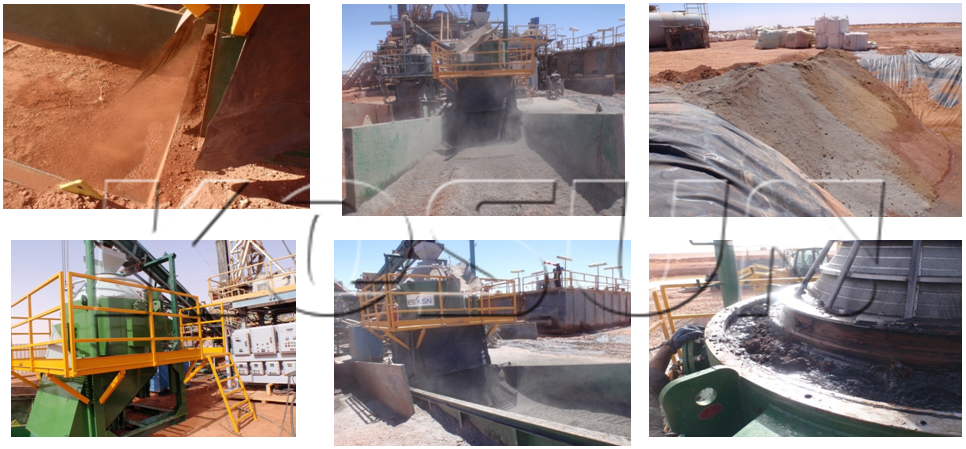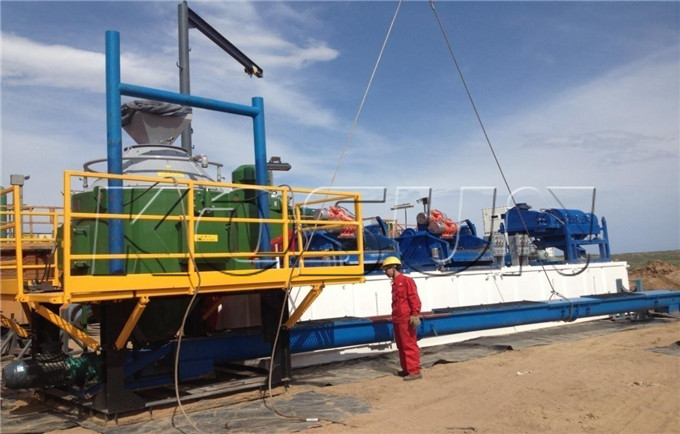Sludge dewatering and capacity reduction is not only an important part of sludge treatment, but also the most difficult part to realize. Domestic sewage treatment plants can only reduce the sludge moisture content to about 80% by mechanical dehydration, and a large amount of water brings great difficulties to the follow-up treatment of sludge. If the water is removed by means of heat evaporation, the huge energy consumption makes the sludge treatment cost high.

The reason why sludge dewatering and capacity reduction is difficult is that the sludge obtained in the sewage treatment process has high hydrophilicity, which makes it difficult for the water in the sludge to be liquid to achieve low-cost and efficient separation, resulting in the dewatering sludge difficult to achieve the economic and environmental unity of the treatment goal.

The sludge produced by sewage treatment has a high water content. Due to the combination of water and sludge particles, mechanical method to remove the sludge has a certain limit. The content of organic matter in the sludge, the proportion of ash, especially the addition of flocculant, has an important impact on the final solid content.Mud cake is still high in moisture content and fluid property, so it is difficult to dispose of it and the cost is still high, so it is necessary to further reduce the amount.At this point, in addition to natural air drying, only through the input of heat to form evaporation, can achieve a large reduction.The process of using heat to dry is called heat drying.

